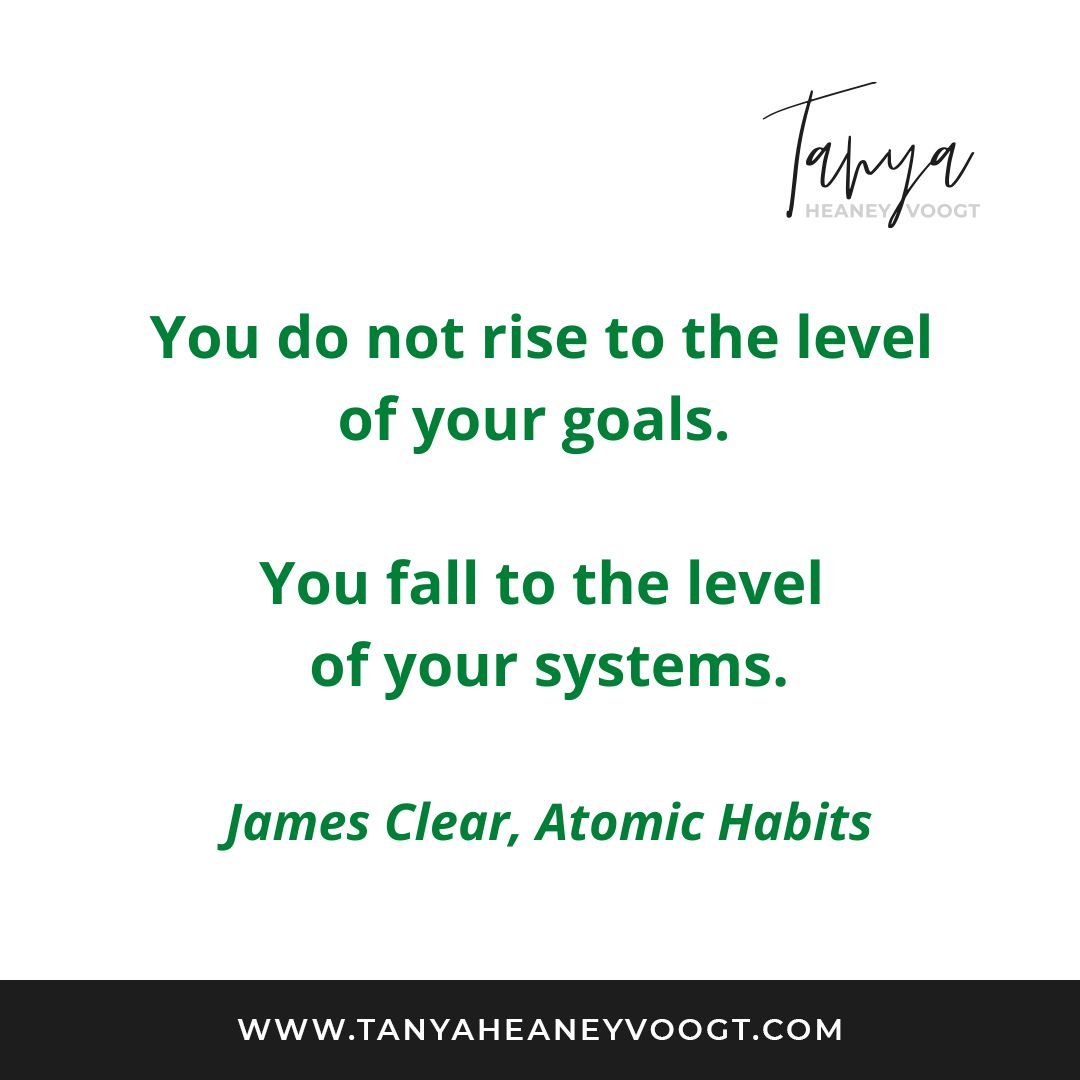Psychosocial hazards are the things in the design, application and management of work that contribute to work-related stress.
Work-related stress in itself is not necessarily a problem. But when the stress is severe, prolonged or unmanaged, you increase the risk of mental injury (psychological harm).
Workplaces have long had formal systems to assess and control physical risks.
But what systems do you have in place for assessing and controlling the risks associated with psychosocial hazards?
Here are my top four tips to get started:
- Understand what the common psychosocial hazards are in the workplace generally. Then identify which particular ones are applicable for your workplace context. For example, occupational violence and aggression is a psychosocial hazard, but if you’re a small workplace with no customer service activities this may not be an issue for you at all.
- Assess the level of risk of these hazards. Use your normal risk assessment frameworks – the ones you use for physical hazards. And apply them to psychosocial hazards. You may do that for role types, for departments, and for individuals.
- Educate your leaders through demystifying psychological health and safety. Clarify the plethora of confusing terms. Create awareness on what the common psychosocial hazards really are, and which ones are likely or present in your workplace context.
- Develop the systems to routinely monitor and screen for work-related stress going forward. This sits with all leaders, not the OHS team.
I have some guidance material to help you with these steps. If you’d like a copy, please get in touch via tanya@tanyaheaneyvoogt.com.
There are quick ways to move in the right direction. The most important thing is to take steps now to proactively protect your employees from psychological harm.
If you’d like any support or further information, please reach out for a chat.

Tanya Heaney-Voogt
Director & Principal Consultant
MBA, ICFACC, MAHRI, Dip Mgt, Dip Coaching, Prosci® Certified Change Practitioner
E: tanya@tanyaheaneyvoogt.com


